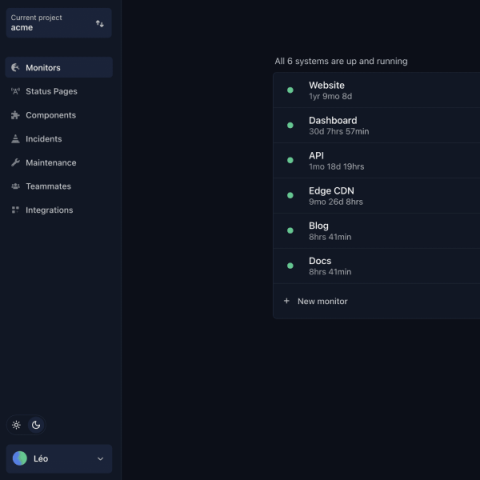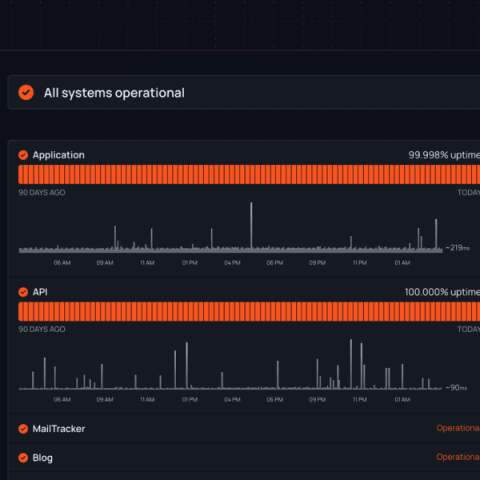Best Cloud Monitoring Tools For Every Use
Nowadays, almost half of traditional small businesses (and nearly 2/3rds of small tech companies in particular) employ cloud infrastructure or hosting services, and for good reasons. Cloud computing can potentially save money, help with scalability and flexibility and make it easier to test new products and design fresh applications faster.











